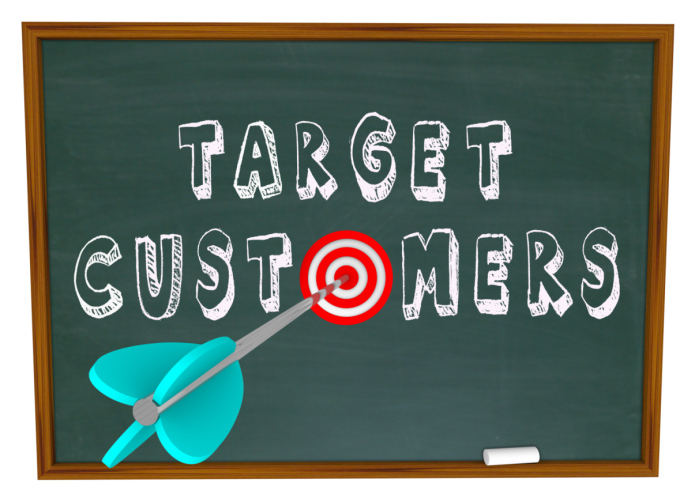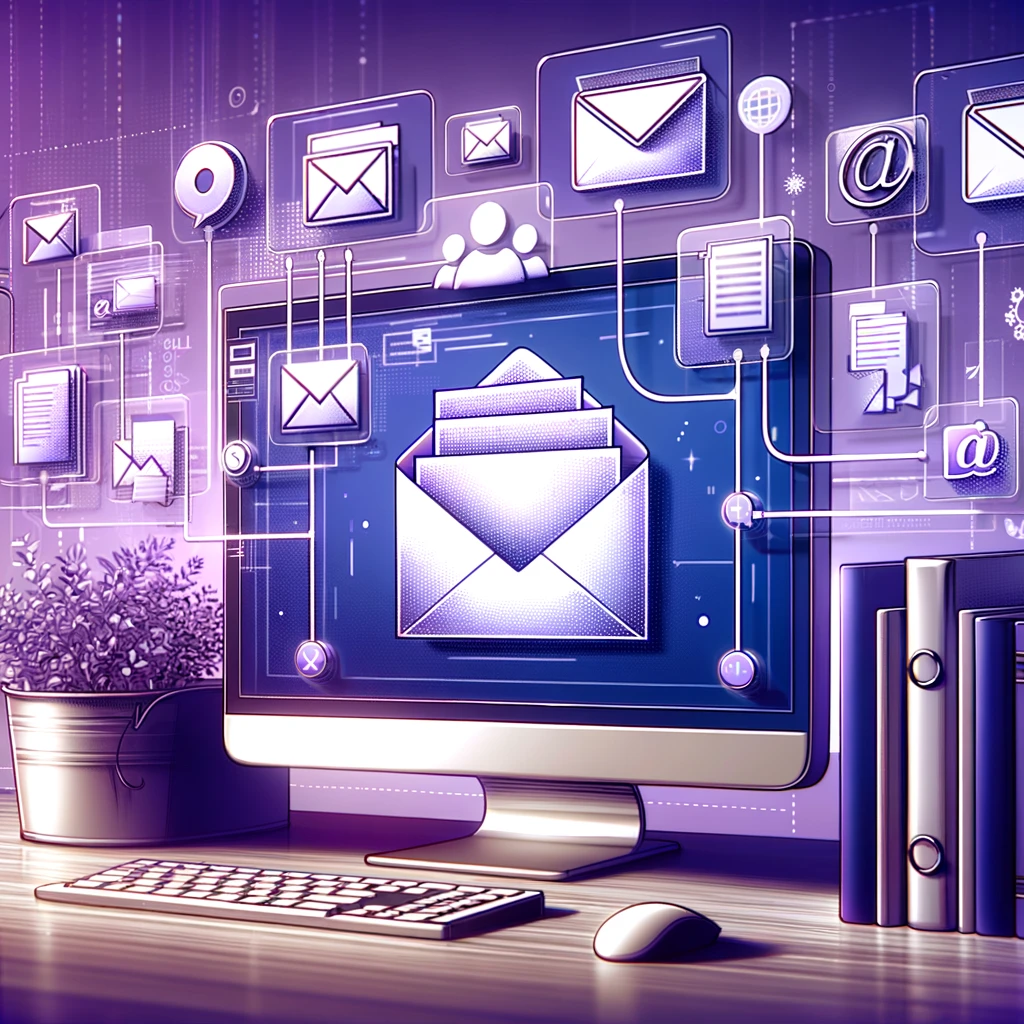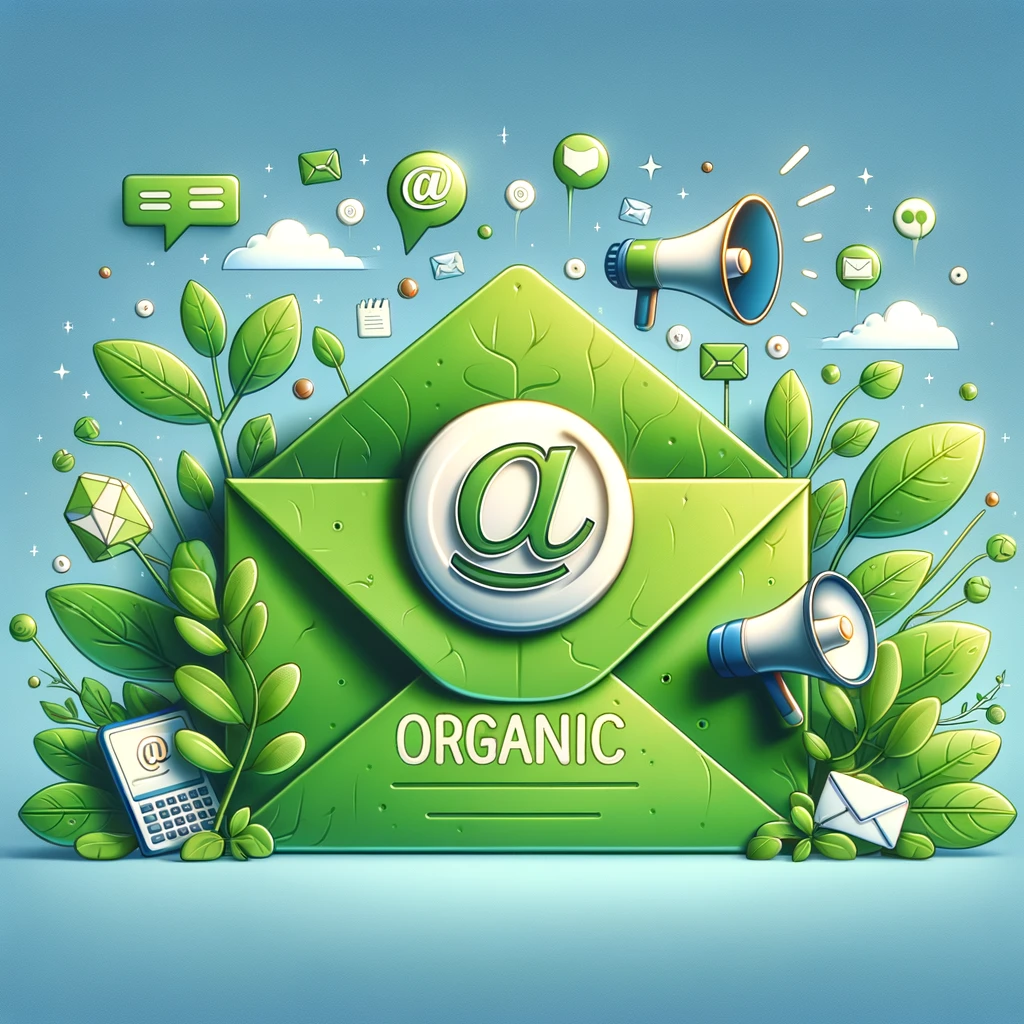
The Advantages of Segmenting Your Email Lists
No matter how perfect an email you send, there will always be a small number of causalities (aka “unsubscribes”). As reported by MarketingProfs, the average unsubscribe rate is 0.25%. That may sound negligible, but if you have an email marketing list with 2,000 subscribers, that’s 6 potential customers lost!
Luckily, there are ways to minimize your loss, and one of the best ways to keep unsubscribes at a minimum is to use list segmentation. By targeting specific groups within your list, you can greatly improve the effectiveness of your email marketing campaigns.
Why Segment?
Increase sales & engagement
You probably wouldn’t sell San Francisco Giants T-shirts to your customers living in St. Louis (go Cards!). If you know your customers in one region have a preference for some products or services over others, you can target those groups with special offers for the things they most likely want. You may want to offer a special on air conditioners, for example, to a geographic area where temperatures are high on average. If you have a winery, send special emails to your Chardonnay lovers about your white wines. Or if you offer services, create a series of tips or how-tos for people currently using one of the services so they can get more out of it.
You can also segment your lists based on ‘engaged’ users who open and/or click your emails often. These users interact with your emails frequently and will give you an excellent understanding as to what content they desire or like the most via opens and clicks.
Reward customers
Segmenting is a fantastic way to say, “Hey, thanks!” By offering special discounts to your repeat customers, you’re able to show appreciation and sell at the same time. You can also observe their buying behavior and offer them more of the products or services they buy the most, while reducing the number of emails they receive about items they’ve shown no interest in.
Avoid being seen as spam
When you email too frequently, your emails run the risk of being marked as spam by recipients. This can be avoided if you’ve managed their expectations at the time of sign up by letting them know how often they’ll receive email from you. When you segment, however, you also send fewer emails to the same list and curb some of this risk.
Tips for Better List Segmentation
- Collect enough information to segment
When your subscribers sign up for your email list, capture the information you’ll need to successfully segment your list. For example, if you want to segment by geographic area you’ll want to collect your recipients’ zip codes. If you want to target them by a preference, you’ll want to ask more specific questions. In our winery example, you’d want to know if recipients prefer red or white wines. Adding a question or two to your opt-in form will make segmenting your list much easier down the line. If you find that you haven’t been collecting the right info, you can always ask your readers to update their preferences.
- Review purchase history
You may have a monthly newsletter that goes to everyone and then more targeted emails that advertise specific products or services. Use segmentation to create lists of people in your database based on past activities such as purchase history or those who clicked a buy link in your email. Offering special promotions to your customers that you know already buy from you can lead to increased sales and help maintain a loyal following. Or, try creating segments based on where your customers are in the buying cycle. Have they just signed up for your service, but not made a purchase? Are they still in the “free trial” stage? Send emails to these specific audiences to either get them to use your service, help them through any other process they may need, or to eventually make a purchase.
- Use your email reporting tools
You may not have a lot of geographic information on your customers – but that’s okay! If you’re using VerticalResponse or a similar ESP, you can use the information you already have in your email reporting. Use your reporting to see who clicked certain links in your emails. For example, if you had a sale on candles in your last email, you could send a new, targeted email with a special offer for candles to the people who clicked that link.
Of course, you can do much more than that! Segmenting your email marketing lists is a lot easier than you may think. If you’re a VerticalResponse user and you want to know how to use our segmenting tools to create targeted mailing lists, read our text tutorial and/or watch our video, “Create Targeted Lists Using Segments.”
Segmenting your email marketing lists can be as simple or as complex as you want it to be, but every little effort helps in keeping your customers satisfied and your lists growing. Even if you run a small business, you can benefit from segmenting. We’d love to hear you segment your lists.
© 2013, Contributing Author. All rights reserved.




Thanks for your comment, Julius. Glad you liked the post!
I agree.. When you segment your list you can “zero” down on exactly what problems they are trying to find a solution to.. Great Post!